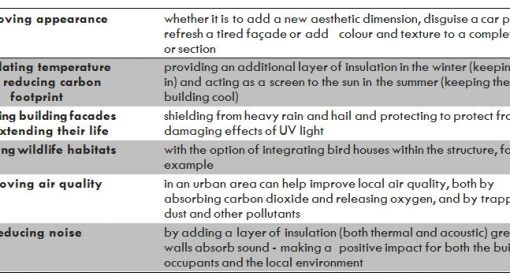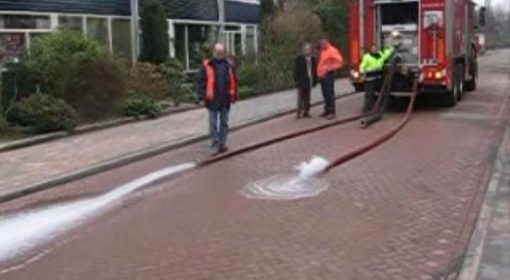Be they manmade or natural, urban lakes are once again coming to the forefront of interest as integrated urban water management for cities becomes the path to take for sustainability.
Urban lakes have many roles. From the ecological (by fostering bio-diversity); to the recreational (for swimming, boating and taking a leisurely walk around it). From the livelihood aspect, where fishing provides proteins to the grasses and plants which is fodder for cattle in the city; to the flood control aspect, where lakes act as retention or detention structures holding back peak flows and moderating storm water impacts. From the recharge role, where stored water slowly percolates into aquifers, emerging as groundwater to be used for augmenting city water requirements; to a modern role that lakes play- as recipients of treated wastewater which wetlands can further purify.
With land prices in cities shooting up, and in many cases without an institutional support to keep lakes alive, many have suffered from neglect and some have disappeared. The lakes have become dumping grounds for garbage or have been converted to bus-stands, stadiums and parks after being drained.
Of late, there has been a realization of their vital role and efforts been made by both communities/citizen groups and governments to fence, maintain and revive them. In cities and small towns, an active citizenry has pro-actively come forward to clean up, de-silt and revive the water bodies and demanded that governments do what is necessary to protect these lakes.
It is time that urban lakes saw serious government intervention and are taken up for revival and management to fulfill the myriad roles they can play in creating a water and biodiversity secure world that urban citizens deserve. Otherwise, it will soon be sunset time for them and we would have lost our last chance of developing livable urban spaces.
Video: Jakkur lake and wells – A culture needing re-invigoration.
{jcomments on}



